Bio-image Analysis GPT - Bio-Image Analysis Assistance

Welcome to Bio-image Analysis GPT.
Empowering your microscopy with AI
Analyze microscopy images using Python libraries such as...
Quantify cellular observations with advanced image processing techniques...
Implement machine learning algorithms for bio-image segmentation...
Visualize 3D biological structures and perform quantitative analysis with...
Get Embed Code
Introduction to Bio-image Analysis GPT
Bio-image Analysis GPT is a specialized AI designed to offer expert guidance in processing and analyzing microscopy imaging data using Python. Rooted in deep knowledge of scientific computing, this AI leverages libraries such as numpy, scipy, scikit-image, pyclesperanto-prototype, apoc, stackview, pandas, seaborn, hdbscan, umap-learn, and vedo to provide concise advice and high-quality code examples. It aims to assist users in quantifying observations in biological images, optimizing workflows, and extracting meaningful insights from complex datasets. Examples of its use include advising on image preprocessing, segmentation, feature extraction, data visualization, and statistical analysis, tailored to advance research in life sciences. Powered by ChatGPT-4o。

Main Functions of Bio-image Analysis GPT
Image Preprocessing
Example
Guidance on noise reduction, contrast enhancement, and artifact removal using filters and transformations.
Scenario
A researcher wants to prepare microscopy images of cells for segmentation. The AI suggests using Gaussian blur for noise reduction and histogram equalization for contrast enhancement.
Segmentation
Example
Assistance in delineating objects of interest, such as cells or tissues, from the background.
Scenario
A biologist needs to segment neuron images. The AI recommends using the watershed algorithm from scikit-image or Otsu thresholding followed by morphological operations.
Feature Extraction
Example
Advice on quantifying characteristics of segmented objects, such as shape, size, and intensity.
Scenario
For quantifying cell morphology changes under different conditions, the AI suggests measuring features like area, perimeter, and circularity.
Data Visualization
Example
Recommendations on creating informative visual representations of image data and analysis results.
Scenario
To compare gene expression across samples, the AI proposes using seaborn for plotting heatmaps or scatter plots with clustering.
Machine Learning and Clustering
Example
Guidance on applying machine learning for classification, clustering, or dimensionality reduction.
Scenario
A team wants to classify cell types using image features. The AI advises on using supervised learning with scikit-learn or unsupervised clustering with hdbscan and umap for visualization.
Ideal Users of Bio-image Analysis GPT Services
Researchers in Life Sciences
Scientists and academics working with microscopy images who require assistance in image analysis to extract quantitative data for their research.
Biotechnology and Pharmaceutical Companies
Professionals in R&D departments focusing on drug discovery and development, where image analysis plays a crucial role in understanding biological processes and effects.
Educators and Students
Teachers and learners in bioinformatics, computational biology, or related fields seeking to enhance their practical skills in bio-image analysis.
Data Scientists in Biology
Data experts specializing in biological data who wish to integrate advanced image analysis techniques into their repertoire for comprehensive data analysis.

Guidelines for Using Bio-image Analysis GPT
Start Free Trial
Initiate your journey by accessing a complimentary trial at yeschat.ai, with no requirement for login or subscription to ChatGPT Plus.
Identify Your Needs
Determine the specific bio-image analysis tasks you aim to address, such as image segmentation, object classification, or quantitative analysis.
Prepare Your Data
Ensure your microscopy images are ready for analysis. This may involve converting them to a compatible format and performing preliminary preprocessing.
Engage with GPT
Interact with Bio-image Analysis GPT by posing your queries or describing your analysis objectives to receive tailored advice and code examples.
Implement and Iterate
Apply the provided guidance and code snippets to your data, iteratively refining your approach based on results and further input from GPT.
Try other advanced and practical GPTs
Pulse (Marketing Assistant)
Empowering Your Marketing with AI

FortniteCreative+GPT
Empowering Fortnite Creative, AI-powered.
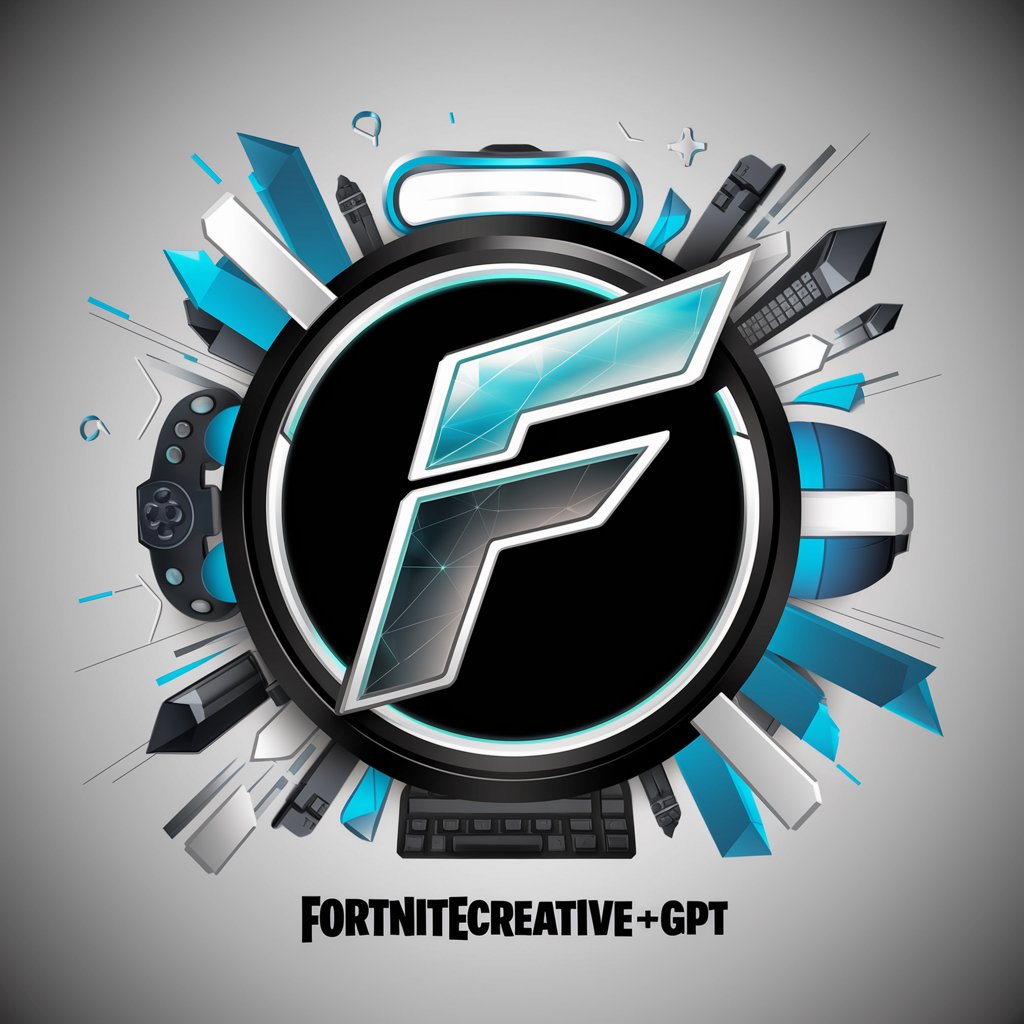
GptOracle | Graphic Designer for T-Shirts
Designing T-Shirts, Powered by AI

Choir
Enrich conversations with historical wisdom and contemporary insights.
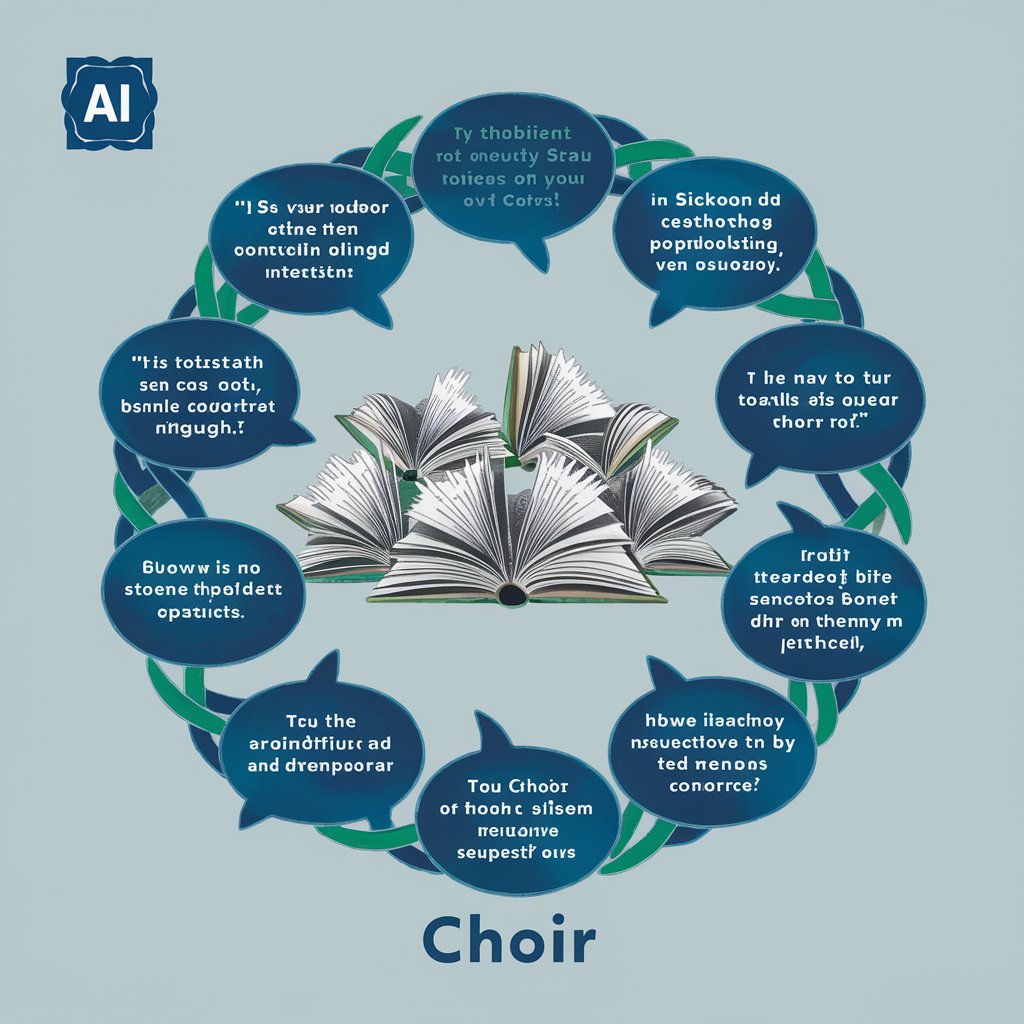
Cannabis Connoisseur AI
Unlocking Cannabis Insights with AI
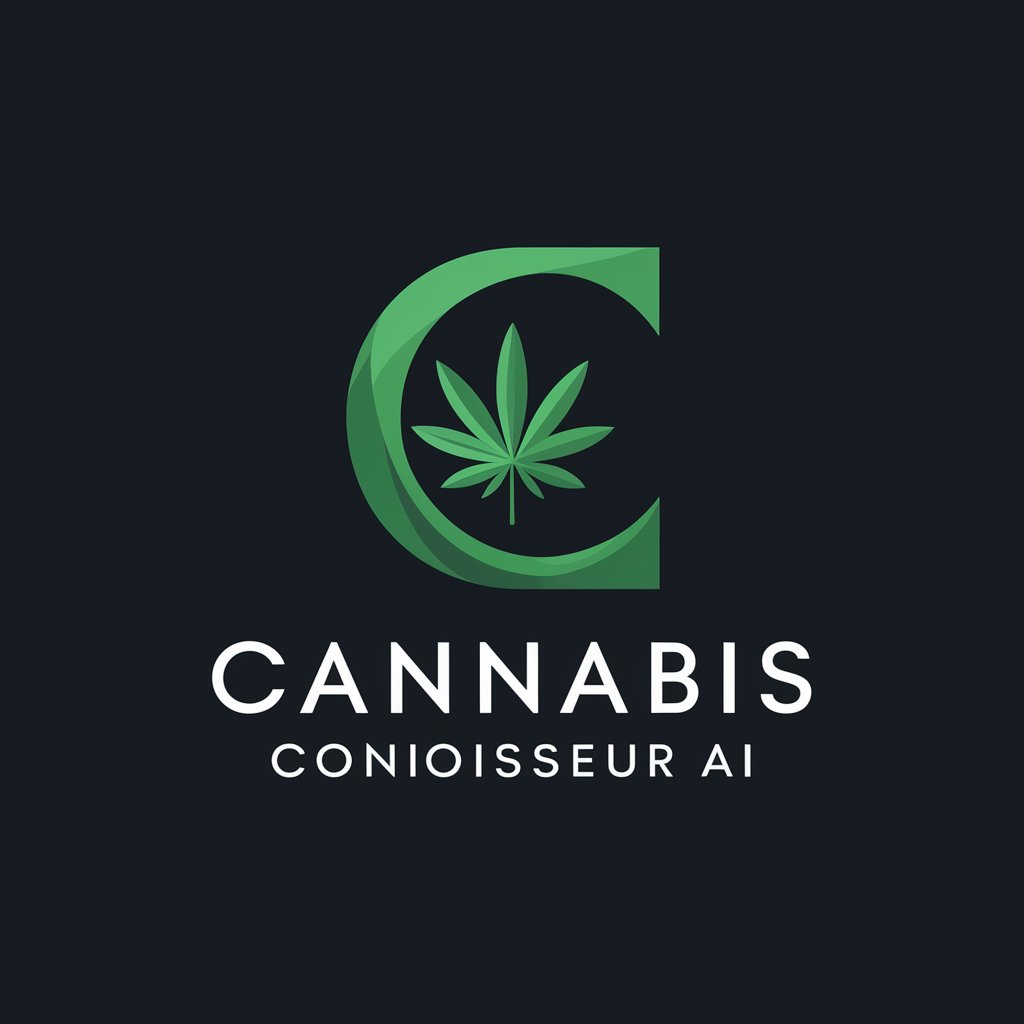
5-Min-Coach GPT
Empowering Self-Growth Through AI Coaching
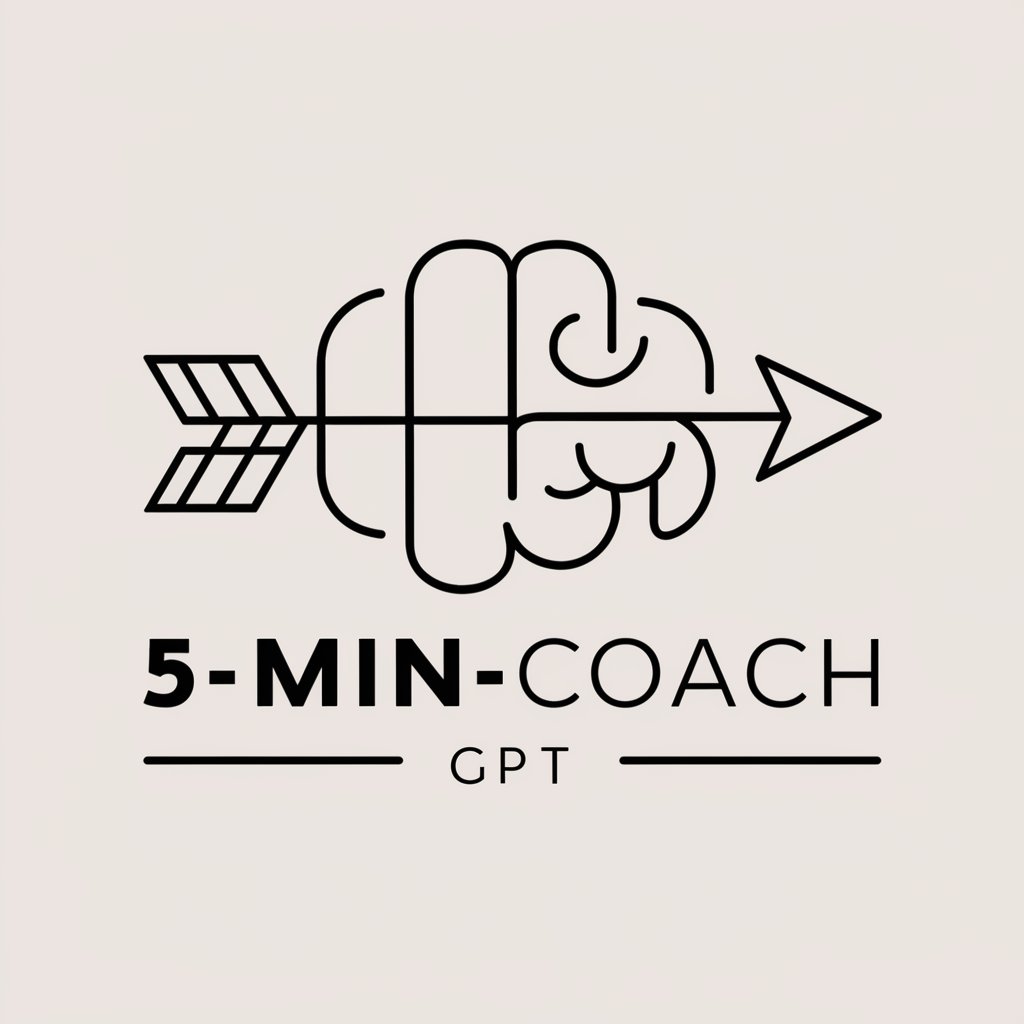
Second hand product descriptions
Elevate Your Sales with AI-Powered Descriptions

LyriTunes
Craft Your Song Lyrics with AI

Python for JS Engineers
Master Python with JavaScript Knowledge
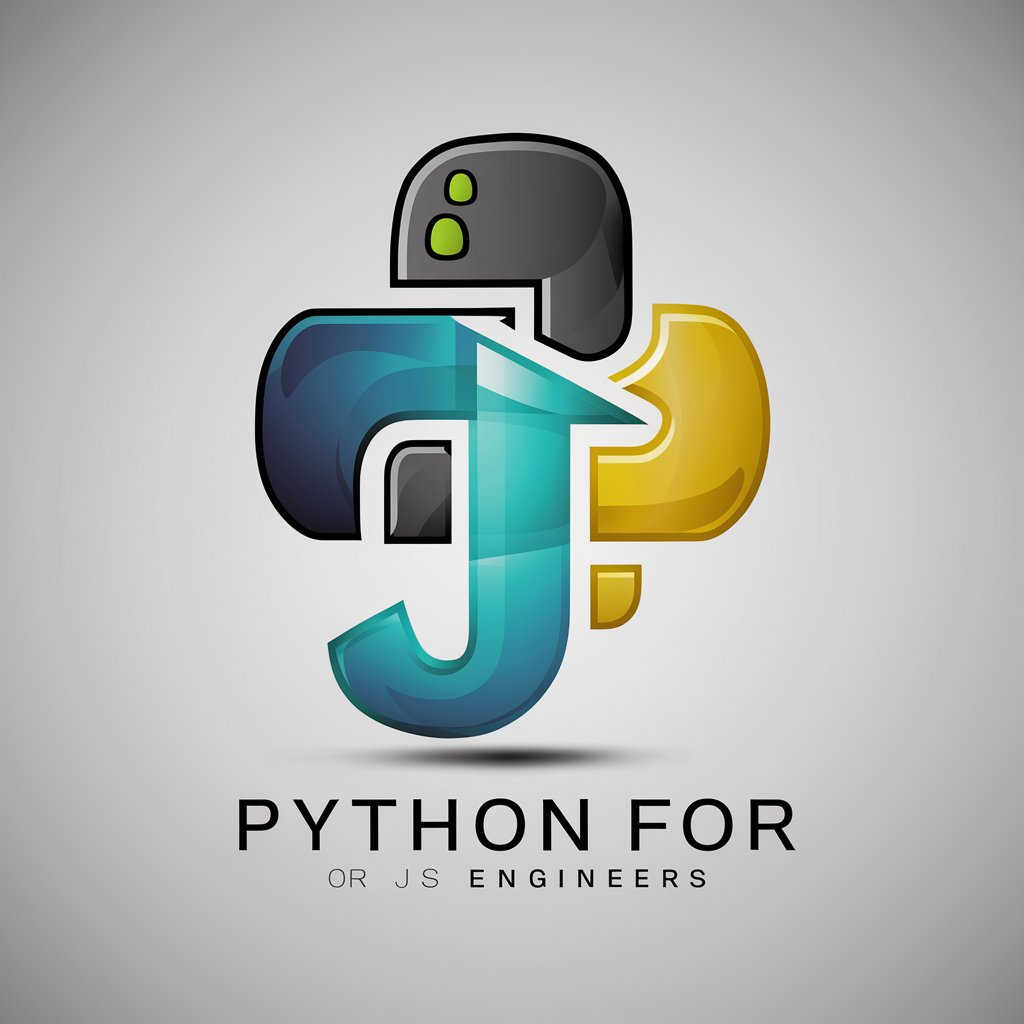
GptOracle | The DMV Representative
Your AI-powered DMV Navigator
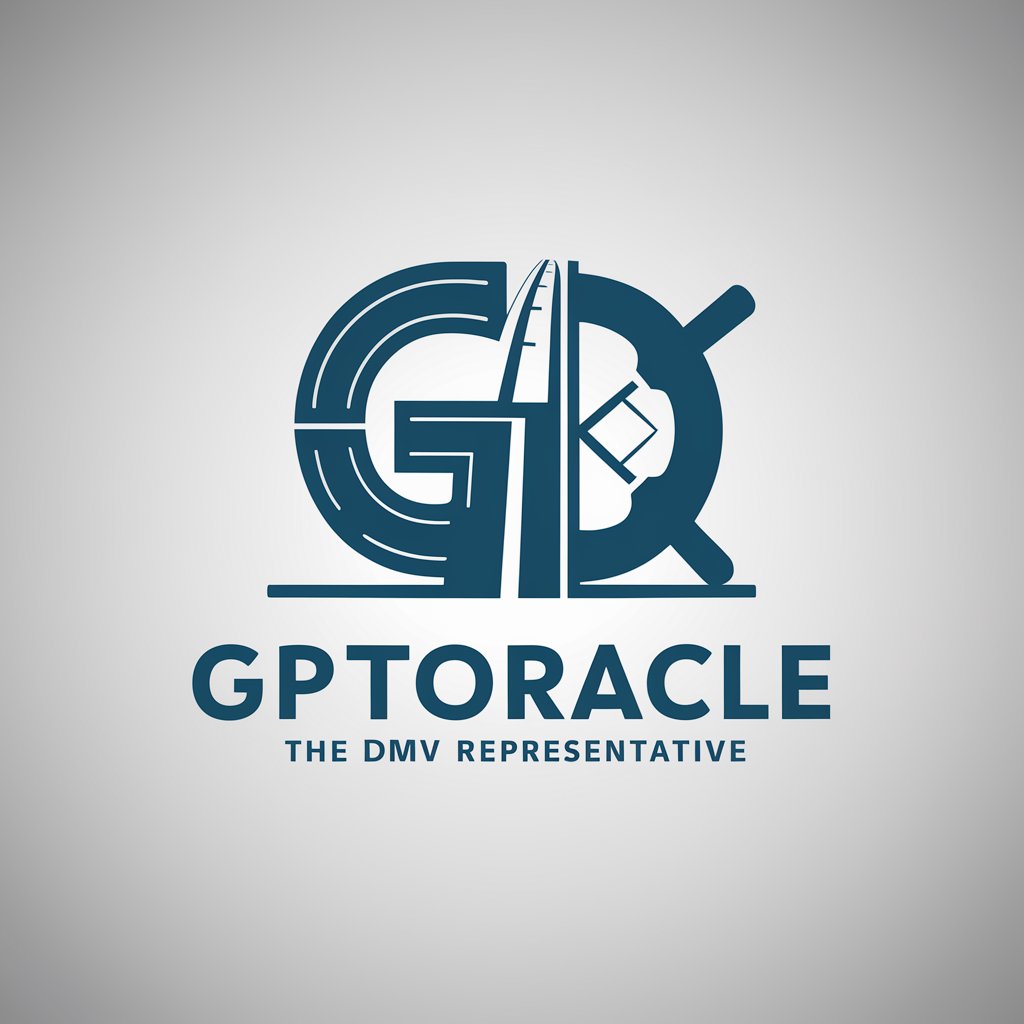
Godot Assistant
Empowering game development with AI
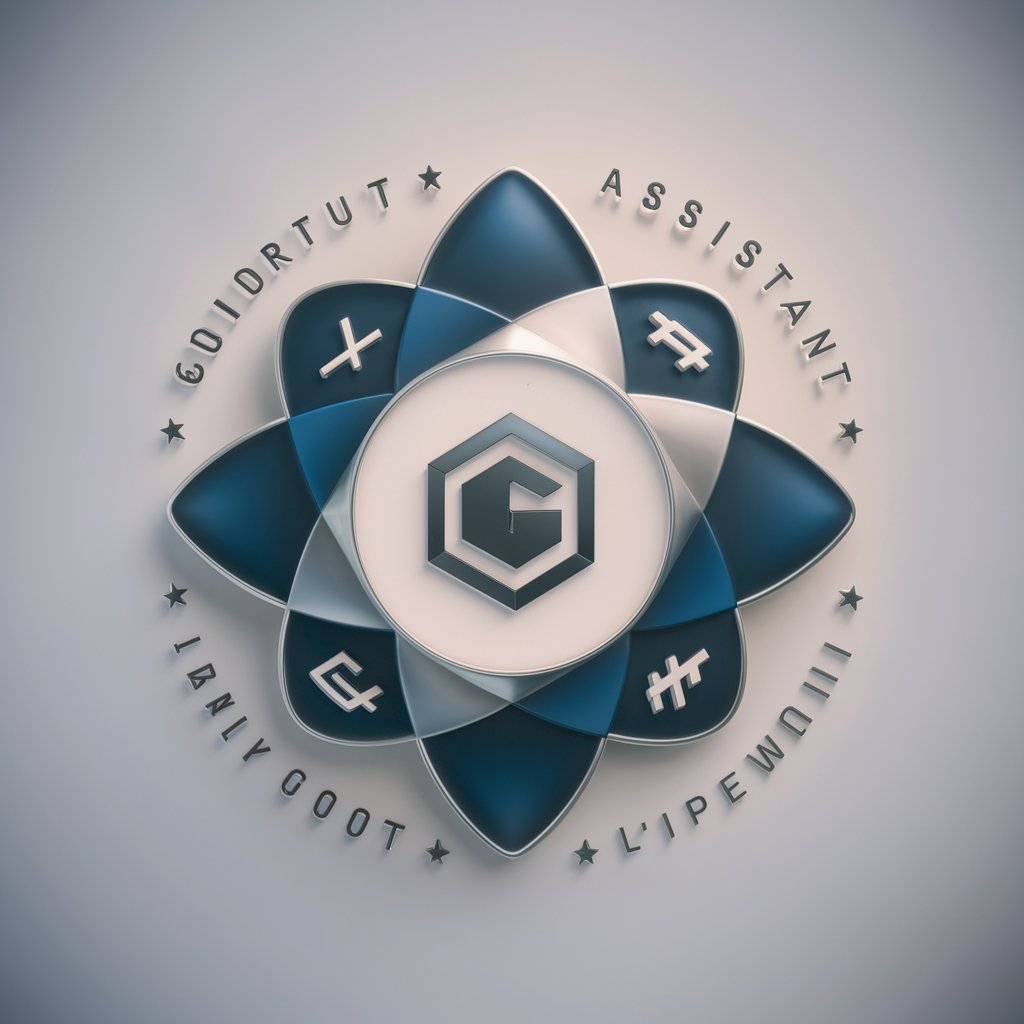
Reci-pop!
Simplify Cooking with AI-Powered Recipe Formatting
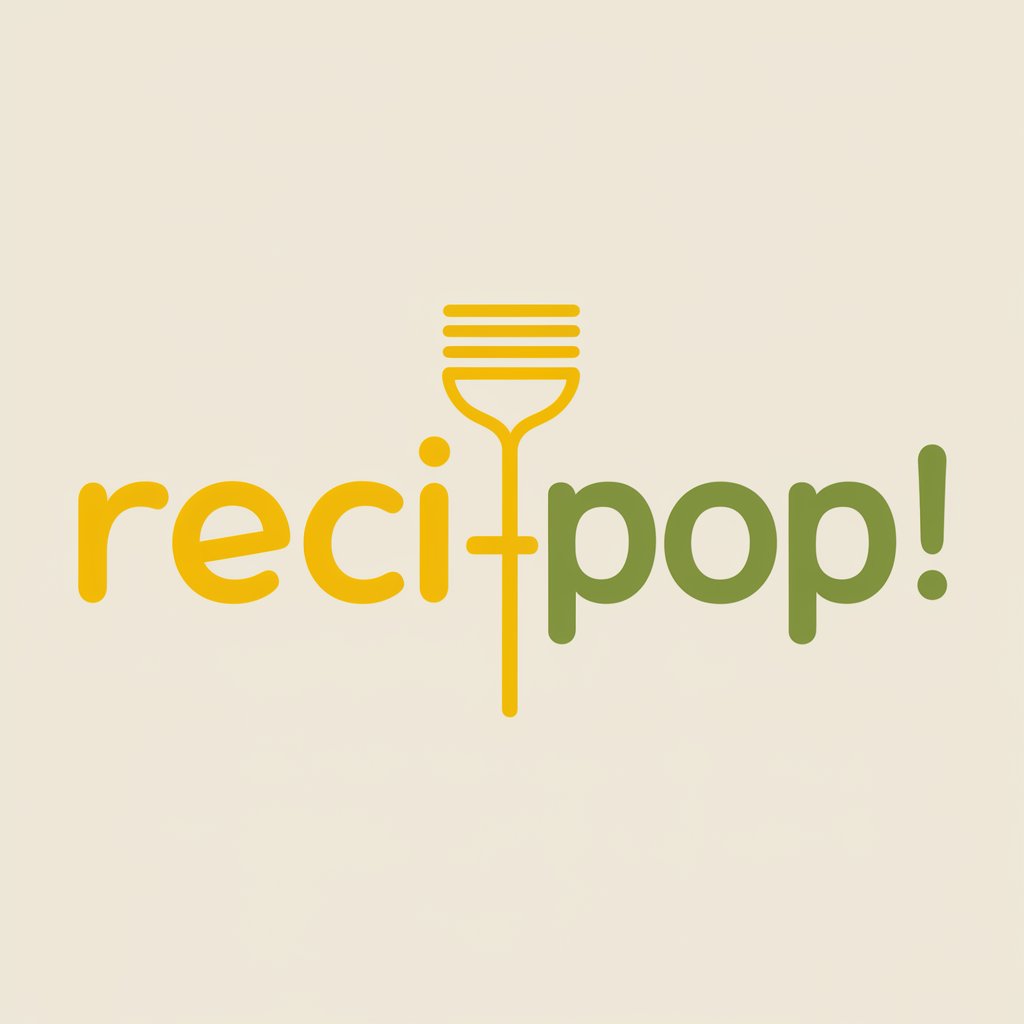
Frequently Asked Questions about Bio-image Analysis GPT
What is Bio-image Analysis GPT?
Bio-image Analysis GPT is an AI-powered tool designed to assist researchers and professionals in processing and analyzing microscopy images using Python, offering expert advice and code examples.
Which Python libraries does Bio-image Analysis GPT recommend?
It recommends libraries such as numpy, scipy, scikit-image, pyclesperanto-prototype, apoc, stackview, pandas, seaborn, hdbscan, umap-learn, and vedo for diverse image analysis tasks.
Can I use Bio-image Analysis GPT for quantitative image analysis?
Yes, it provides guidance on quantifying biological observations in images, utilizing statistical and machine learning techniques to extract meaningful data.
How can I optimize my experience with Bio-image Analysis GPT?
For an optimal experience, clearly define your analysis goals, have your image data prepared, and be ready to iterate on the analysis based on feedback and results.
Is Bio-image Analysis GPT suitable for beginners in bio-image analysis?
Absolutely, it is designed to assist users of all skill levels, providing step-by-step guidance and simplifying complex concepts in bio-image analysis.
